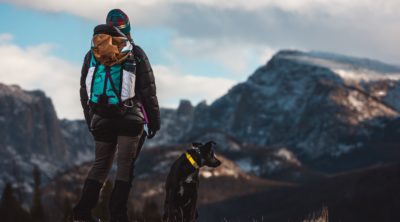
Aftercare following surgery is very important for your dog so that it recuperates faster. Given in this DogAppy write-up is the complete method on how to care for your dog after surgery.
Med Alert!
Never give your dog Tylenol, Advil, or Aspirin for the pain, as they are meant only for human use. Only give him painkillers that have been prescribed by the veterinary surgeon.
Taking care of your dog is not easy, but if you follow all the instructions given by your veterinarian, your dog will recoup faster, and heal well. One has to be very diligent while looking after a dog that has undergone a surgery, and the first 48 hours post surgery are very crucial; therefore, the veterinarians usually keep the dog under observation at the hospital for any irregular behavior. Once you get to take your dog home, you need to start with the aftercare instructions.
Products Used Post Surgery
Medication
Always give your pet medication that has been prescribed by his veterinary surgeon. Talk to the surgeon before giving milk thistle or ginger to your dog. Many times, doctors prescribe antibiotics and multivitamins so that your dog is free from infection and heals faster. So, never skip out on those. Your dog’s doctor may also prescribe aloe vera gel, vitamin E ointment, antibacterial creams or ointments, Calendula, etc., to be applied around the operated area. Apply these diligently using a Q-tip, or directly from the tube, but never with your fingertips. This is so that the wound does not get contaminated by bacteria.
Recovery Aids
E-collars and Support Harnesses
E-collars or Elizabethan collars are used so that the dog does not pick at his wounds. It is a preventive measure taken so that your dog does not inflict any wounds around the operated area by scratching, licking, or biting it. Do not take out this collar when the wound is still fresh. Take it out only when the doctor tells you to do so. Support harnesses, body suits, boots, and coverings are also products used when one is caring for a dog that has been operated upon. Boots are used to make sure that the dog does not slip on the floors after surgery. Coverings and body suits help cover the wound so that it is kept warm, and also so that the dog does not fiddle with his wounds. Always purchase graded products that have been recommended by the veterinarian.
Wheelchairs and Carts
Wheelchairs and carts are of great help for handicapped dogs. These help the dog to be moved around without causing strain on the wound. They also put the dog at ease as they have multiple support settings. If your dog has had a surgery anywhere on or around his hind limbs, then this product is a boon. Wheelchairs and carts keep the dog in its natural posture, without stretching its wound. Talk to your veterinarian before buying this product.
Aftercare Instructions
► Before you begin taking care of your dog, make sure you get your house ready. Clean it thoroughly, and keep a room aside specially for your dog. Stock on basic essentials, like food, water, and medication.
The most important thing is to stay calm and cool. Do not panic or be depressed when you are taking care of your dog, as dogs can sense emotions really well, and might react badly to your panic. Shower your dog with a lot of love and care so that he heals well and is happy despite his surgery. Apart from the above-mentioned instructions, you could also take help from a friend or family member during the time you are caring for your dog. Keep your veterinarian on speed dial so that if at all your dog is exhibiting any behavior that may be of concern, you could consult your doctor, and help your dog get better.
Disclaimer: This DogAppy article is purely for informative and educational purposes and does not intend to replace the advice offered by a registered veterinarian.
